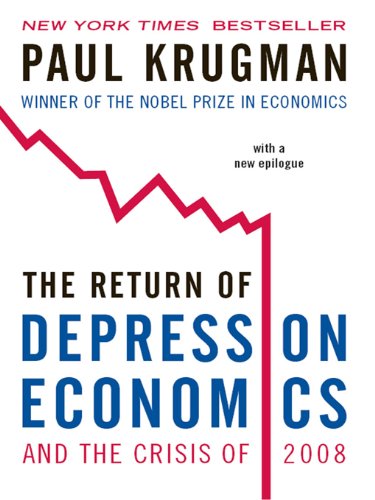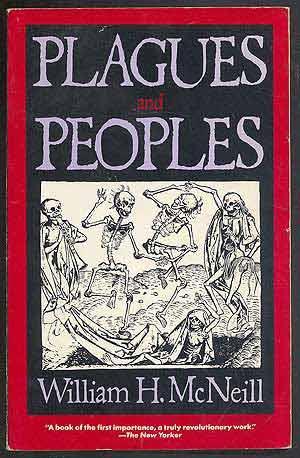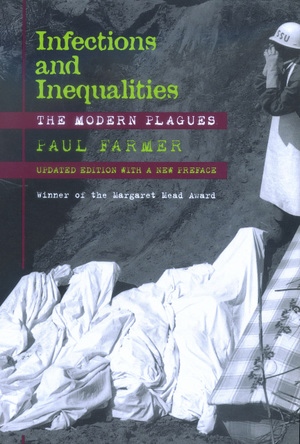Tear Gas: From the Battlefields of World War I to the Streets of Today, Anna Feigenbaum, Verso, 2017, pp. 218, ISBN 978-2-78478-026-5
A protester knocked out or blinded by a canister containing tear gas has become a ubiquitous image of protest across the globe. Interestingly, tear gas is not a gas at all but rather a mix of lachrymatory agents, or irritants, that are released as a fine particulate smoke, which incapacitate the body. The effect is both physical and psychological. It causes “excessive tearing, burning, blurred vision, redness, runny nose, burning of the nostrils and mouth, difficulty swallowing, drooling, chest tightness, coughing, a choking sensation, wheezing, shortness of breath, skin burns, rashes, nausea, and vomiting.” Coupled with extenuating circumstances in which it employed by the forces of oppression, it can become lethal.
Anna Feigenbaum, a Principal Academic in Digital Storytelling at the Bournemouth University, has written a revealing history of this chemical weapon and its transition from wartime to peacetime uses. In it, she reveals the vast corporate networks of manipulation and bribery, which influenced governments the world over to adopt tear gas as a weapon of choice to be used to quell rebellions.
She begins the story in the trenches of the First World War, where a huge number of men suffered from the deployment of mustard gas. The war acted as the perfect laboratory for the rapid development of ever more potent gasses and laid the foundations for the military-industrial complex, out of which the present-day tear gas would emerge. Around 5,500 scientists were involved in the research and production of chemicals used in the First World War globally. Spearheading the effort in the US was General Amos Fries, who lobbied the public and the government to invest millions in chemical warfare research upon the war’s end. Acting as the head of the Chemical Warfare Service, Fries was able to develop a strategic PR campaign that turned tear gas from a weapon resented by all those who had to suffer its consequences, to a tool for repressing dissent despite the existence of the Geneva Protocol which forbade its uses. Fries went so far as to dismiss the veterans’ testimonies completely and brand them imposters whose only goal was to claim benefits from the government.
When compared directly to live ammunition, tear gas is less lethal. It is precisely this line of argument that was advanced by its proponents and presented to police departments across the US. In the 1920s and 1930s, large demonstrations rocked the country and the government, which interpreted it as an impending communist insurrection. Factory workers rebelled, struck, sat-in and walked out of their workplaces in protest of poor working conditions and low salaries. The government rushed to defend the property owners and break the strikes using various police departments. This made it easier for the budding entrepreneurs, peddling in tear gas, to market their product to the police. Fabricating test results, omitting vital statistics and silencing dissent allowed the industry to develop. Colonel B. C. Goss, who founded the Lake Erie Chemical Company, was the owner of the largest company in this new industry. His military ties and friendship with Fries, as well as stellar advertising, allowing his products to penetrate the military and the police. Thus by the mid-1930s, tear gas was transformed from a barbaric weapon into a weapon of choice in peacetime. It’s worth noting that the most vocal proponents of tear gas were also card-carrying Ku Klux Klan members who espoused violent and racist beliefs.
Tear gas came onto the world scene in the waning days of colonialism. Naturally, the colonial authorities used it to suppress the rebellions and prolong their occupations. In China, Northern Rhodesia, Palestine and India, the colonial authorities released the potent gas onto the largely peaceful and unarmed population. Anti-colonial struggles were also used as a testing ground for industry, as was the case in an overcrowded Peshawar jail in 1947, on the eve of India’s independence, with harrowing consequences.
In a way, the deployment of tear gas in the colonies provided a conduit for the normalization of its uses at home. In the 1960s, the police deployed tear gas as part of its ‘crowd control’ strategies. By that time, the gas was perfected to exhibit maximum potency over a small area. Freedom Riders, civil rights activists and protest campers were berated with tear gas throughout the 1960s, the most famous perhaps being the scenes coming out of Selma, Alabama when thousands of voting rights activists were bludgeoned and tear-gassed on a bridge.
Deployment of tear gas went hand in hand with legal justifications and medical legitimations, as various government inquiries dismantled all hurdles preventing its use. This was to be expected as the chemical weapon proved to be a violent but successful agent in subduing rebellious populations, as was the case in Derry, north of Ireland, or Liverpool in the 1980s.
Arguably the most interesting part of the book comes towards the end, where Feigenbaum turns to examine who profits from this riot control industrial complex. Attending Milipol, Europe’s largest internal security expo where the wizards of Armageddon come to mingle, offers her an insight into the industry. As she states, this industry is controlled only by a handful of corporations: “Israel’s ISPRA, Germany and South Africa’s Rheinmetall Denel Munitions, Brazil’s Condor Non-Lethal Technologies, France’s SAE Alsetex, Verney-Carron and Nobel Sport, and the United States’…Combined Systems Inc., NonLethal Technologies, and Safariland.” Ominously, the market for their products is predicted to rise at 5.4 percent a year until 2021. The owners of these industries are intimately connected to legislators, on whose benevolence they maintain their trade, and Feigenbaum details various bribery scandals in which they were involved. Ultimately, she concludes that “riot control is, and always has been, in the business of protecting wealth of a tiny minority.”
Anna Feigenbaum has written an insightful history of the most ubiquitous weapon used to quell protests and protect power. She dissects the relationships between corporate giants and governments seeking to protect wealth at the expense of the vast majority. In her work, tear gas is laid bare for what it is, a technology of control that serves wealth.




